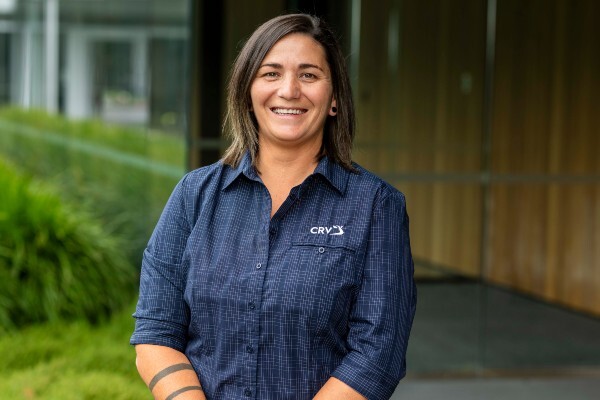Vanessa has been working in the Hawke’s Bay, Tararua, and Wairarapa regions for the past eight months. The biggest trend she has noticed is the region’s shift to wearable technology with cow collars and a focus on herd data to drive farm productivity.
“Technology has real potential to transform farm management and productivity. When used alongside regular herd testing, it can give farmers a deep understanding of their herds to drive better breeding decisions,” says Vanessa.
A 2023 survey by DairyNZ highlighted a substantial rise in the use of cow wearables nationally, with adoption jumping from 3% in 2018 to 16% of all farms in 2023.
“I’ve noticed a lot of our farmers in this region using collars and showing a desire to understand their herd data. This helps them make informed breeding decisions to better their herd and their profitability,” she adds.
Recently, Vanessa ran a herd analysis for a farm to identify where their replacement heifers were coming from within their herd.
“Farmers ideally want their replacement heifers to come from the top 25 percent performing cows in their herd. By analysing the data, we could see that 30 percent of replacements were coming from the top 25 percent of the herd, while 50 percent were coming from the second and third quartiles, which meant that 20 percent of their replacements were coming from the bottom quartile of the herd” she explains.

